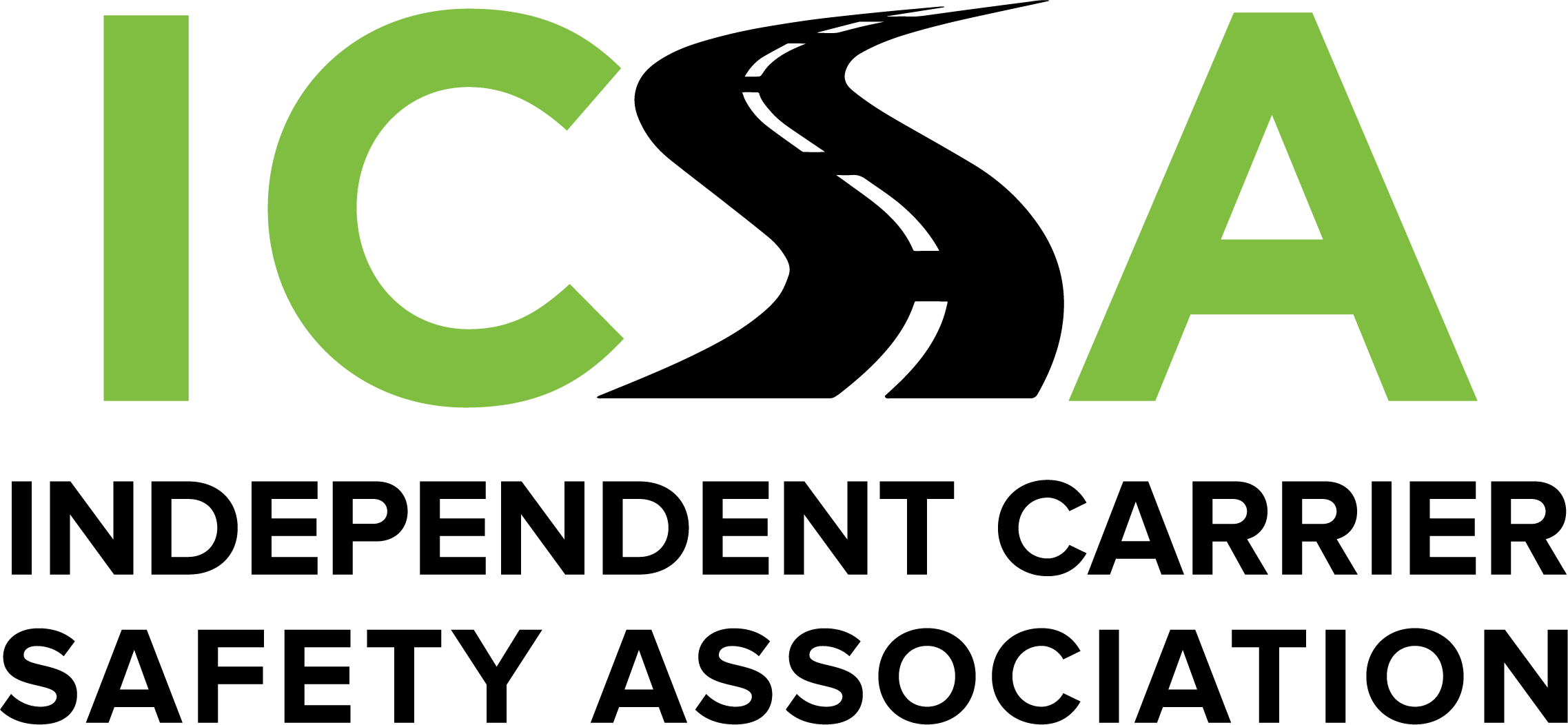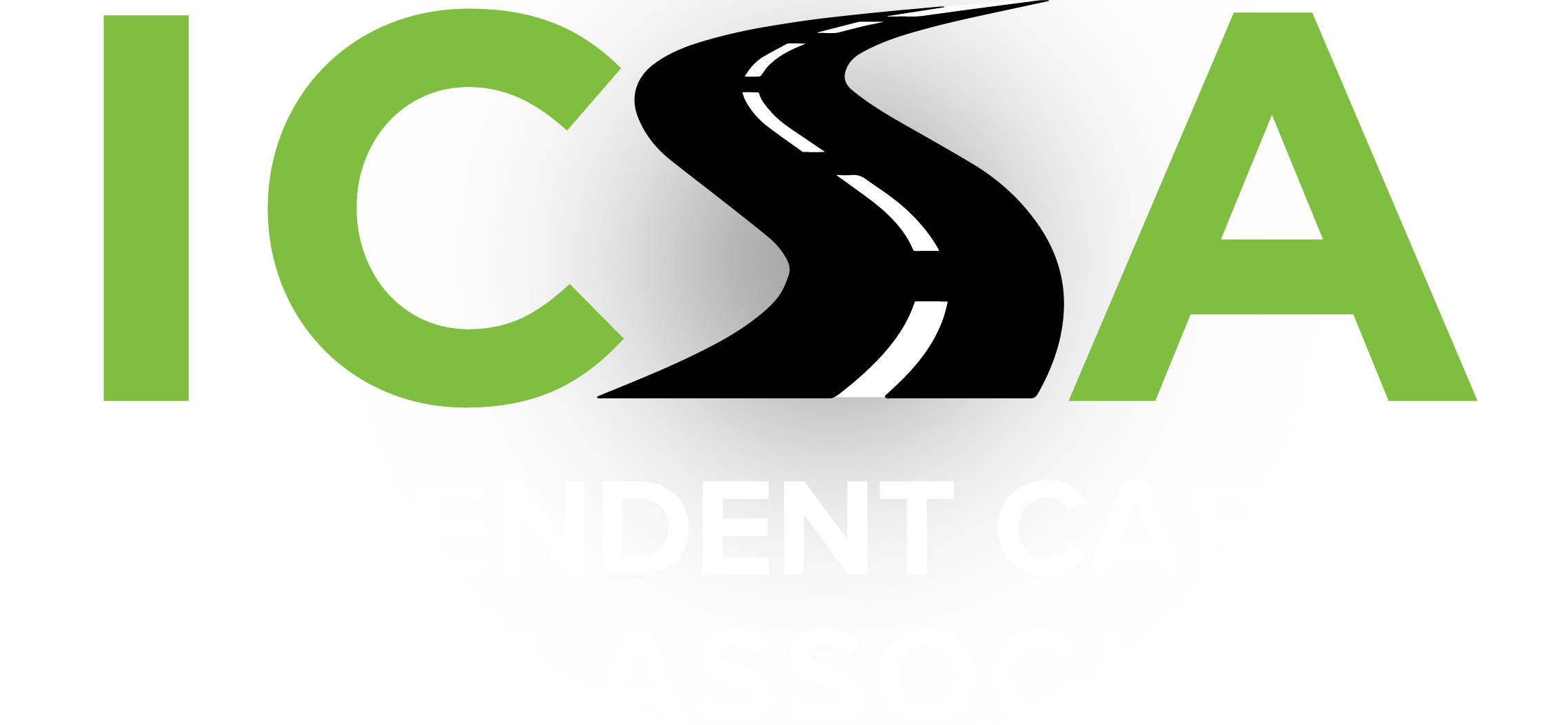Drug & Alcohol Testing
Ensuring the Highest Standards of Safety and Compliance in Trucking
Hair Testing
Hair testing is the gold standard for drug testing in the trucking industry, offering unmatched accuracy and a longer detection window compared to other testing methods. This advanced testing procedure can detect drug use up to 90 days prior to the test, providing a comprehensive view of a driver’s substance use history. Hair testing is a crucial tool in maintaining a drug-free workplace, helping to ensure that only the safest drivers are behind the wheel. By choosing hair testing, carriers can significantly reduce the risk of accidents and enhance their safety scores, all while complying with stringent industry regulations. TADTS and ICSA have partnered to create a Drug Testing Program at a discounted rate that meets requirements for carriers that wish to be insured through ICSA’s Risk Purchase Group.
Zero Tolerance Drug & Alcohol Policy
Safety starts with a firm commitment to a drug- and alcohol-free environment. A Zero Tolerance Drug and Alcohol Policy is designed to help carriers implement strict guidelines that leave no room for substance abuse within their operations. Companies are provided with a comprehensive, no-cost policy template that can be tailored to fit the specific needs of their business. This policy not only safeguards your drivers and your fleet but also demonstrates your commitment to upholding the highest safety standards, which can lead to improved safety scores and lower insurance premiums.
TADTS Drug Testing Consortium
The Alcohol and Drug Testing Service (TADTS) Drug Testing Consortium is a resource for managing your drug and alcohol testing requirements. Signing up for the consortium is optional for ICSA members. By joining the consortium, carriers can benefit from centralized testing administration, ensuring that all drivers are compliant with federal regulations and company policies. TADTS provides access to state-of-the-art testing methods, including hair testing, and handles all aspects of the testing process—from scheduling and collection to reporting and record-keeping. This service not only simplifies compliance but also ensures that your testing program is thorough, reliable, and up to date with the latest industry standards.
Frequently Asked Questions
Frequently asked questions about Drug & Alcohol with ICSA
Drug abuse in the workplace puts employers at risk of increased accidents, increased absenteeism, decreased productivity, and higher insurance costs. Hair testing, like all drug testing methodologies, helps to mitigate these risks by screening out applicants and employees who use drugs.
Quest Diagnostics tests for synthetic opioids like Fentanyl and methadone. Hair testing can also detect amphetamines (amphetamine, methamphetamine, MDMA and MDA), opiates (codeine, morphine and 6-monoacetylmorphine) or “expanded” opiates (which includes semi-synthetic opiates), cocaine (and cocaine metabolites), marijuana metabolite (THC carboxylic acid metabolite), and PCP (phencyclidine).
Quest Diagnostics standard screen usually requires a cosmetically undetectable lock of hair preferably snipped from the back of the head, just below the crown. In general, the amount needed equates to a single row of hair approximately one (1) centimeter wide. If you are unable to give a sample of that size for medical or religious reasons, you may apply for
an exemption on with ICSA.
TADTS will give ICSA members savings on their hair drug tests. This gives the ability to perform pre-employment, random, post-accident, and other hair drug tests. TADTS also gives an op on to participate in an FMCSA random management consortium, as well as FMCSA clearinghouse compliance. Finally, TADTS provides audit assistance to members.
Making the choice to join a drug testing consortium benefits individual owner/operators, because the FMCSA requires at least two people to be in a drug testing pool. The other benefits for small fleets include reduced administrative burden, lower costs, and greater expertise. To reduce the administrative burden, a consortium can train personnel, maintain the collection process, procure services, and handle many other aspects pertaining to drug and alcohol testing. To lower costs, a consortium allows several small companies to group together and receive greater bulk discounts. Finally, to give greater expertise, a consortium takes on the knowledge related to all rules and regulations and becomes experts in a complicated topic so its members can focus on other aspects of safety.
The FMCSA requires a 50% random drug testing rate and a 10% random alcohol testing rate.

